
Glass Half Full: Our Australian Adventure
¥31.88
Glass Half Full: Our Australian Adventure
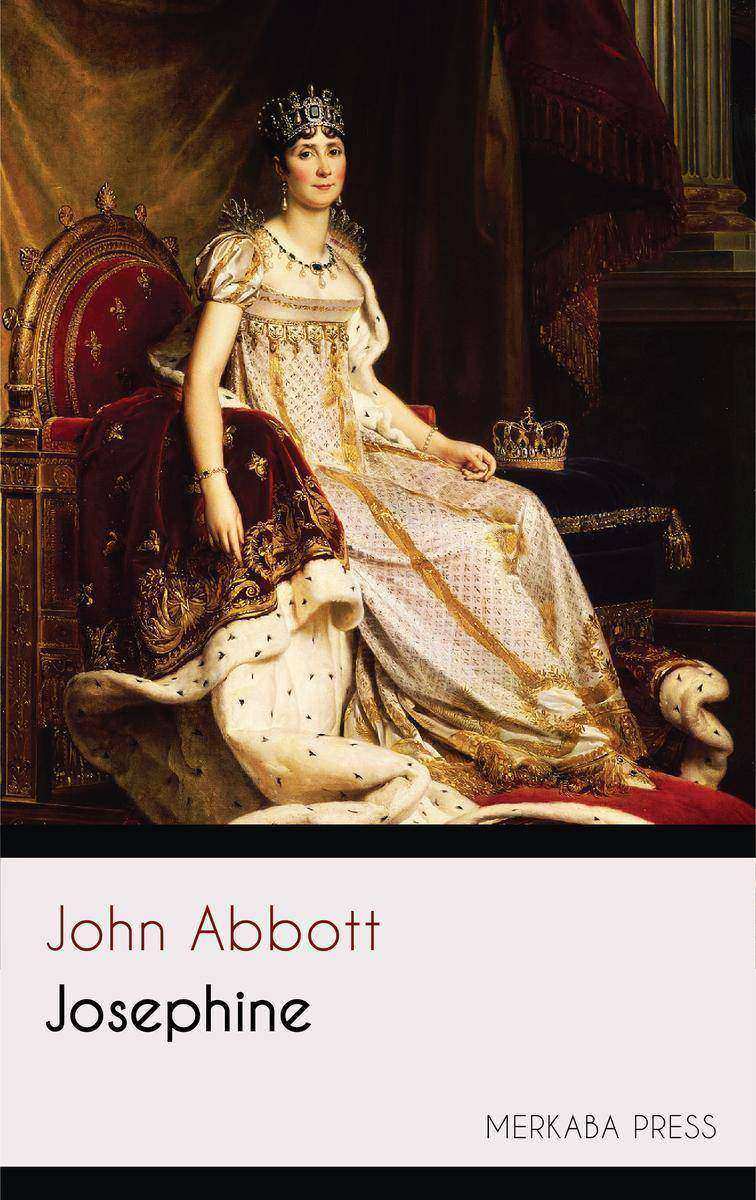
Josephine
¥8.09
Josephine

Early Greek Philosophy
¥8.09
Early Greek Philosophy
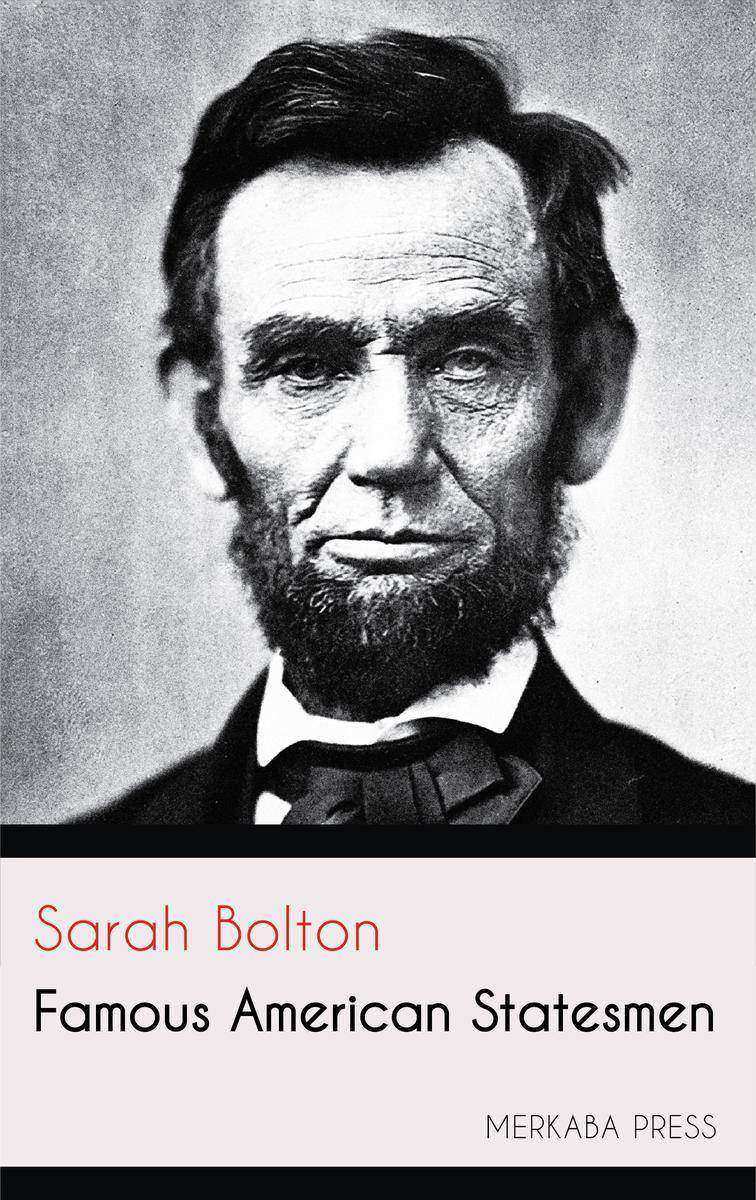
Famous American Statesmen
¥8.09
Famous American Statesmen

Life of Adam Smith
¥8.09
Life of Adam Smith
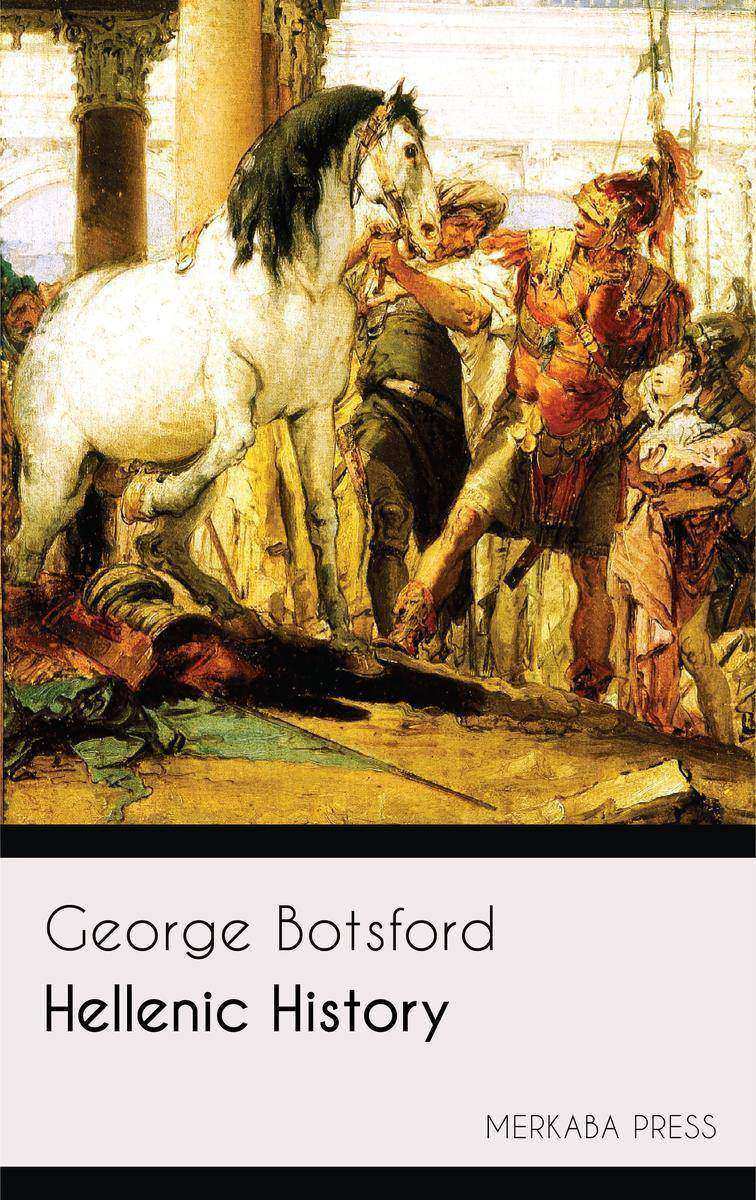
Hellenic History
¥8.09
Hellenic History

The Sombre Years
¥32.62
The Sombre Years
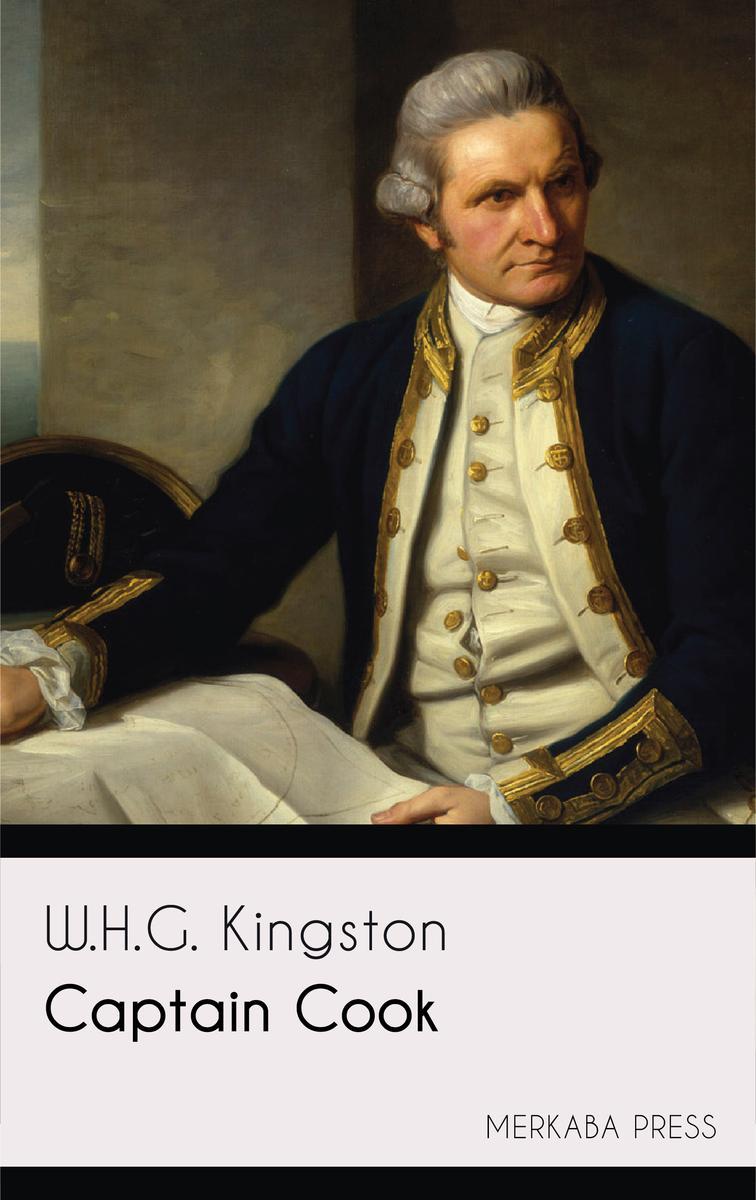
Captain Cook
¥8.09
Captain Cook
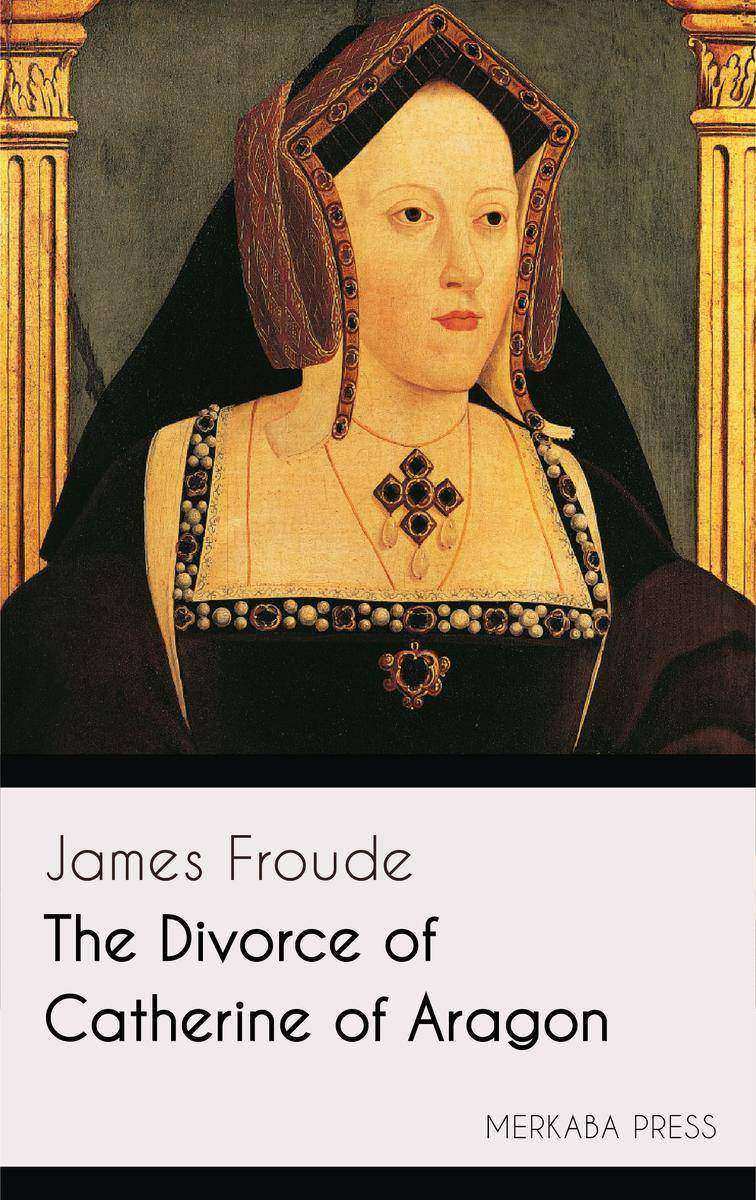
The Divorce of Catherine of Aragon
¥8.09
The Divorce of Catherine of Aragon
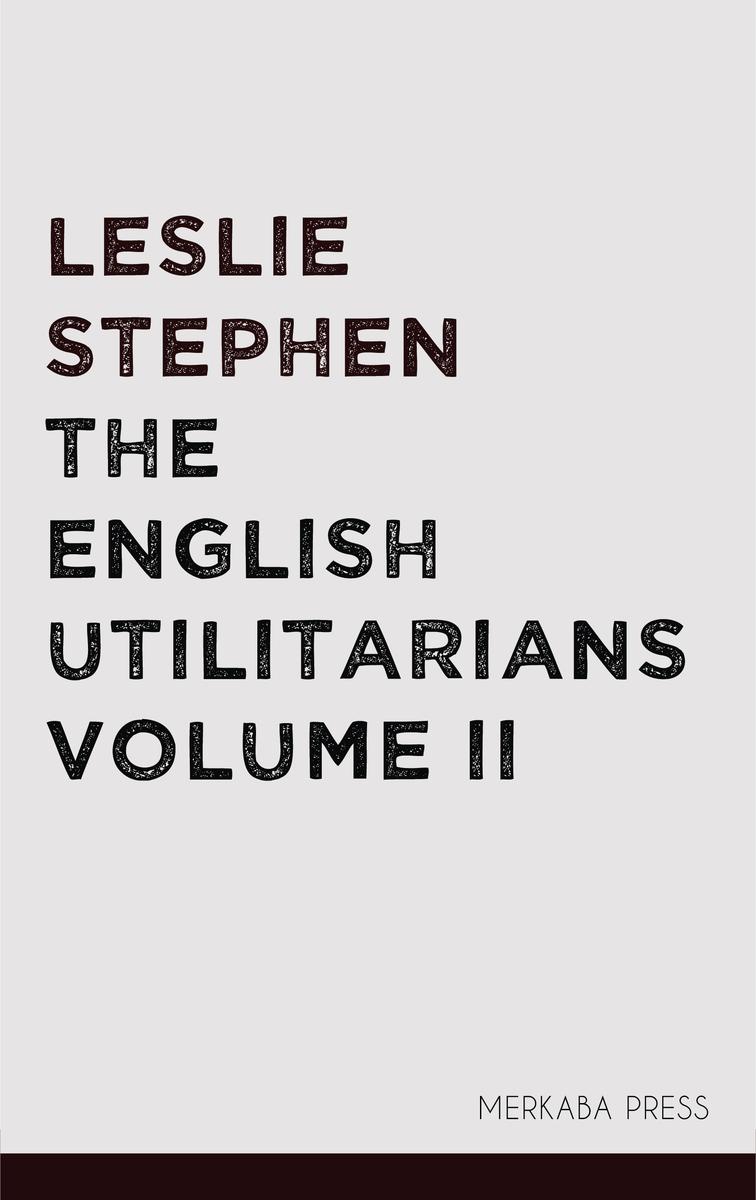
The English Utilitarians Volume II
¥8.09
The English Utilitarians Volume II

The Ottoman Empire
¥8.09
The Ottoman Empire

History of the British Empire
¥8.09
History of the British Empire
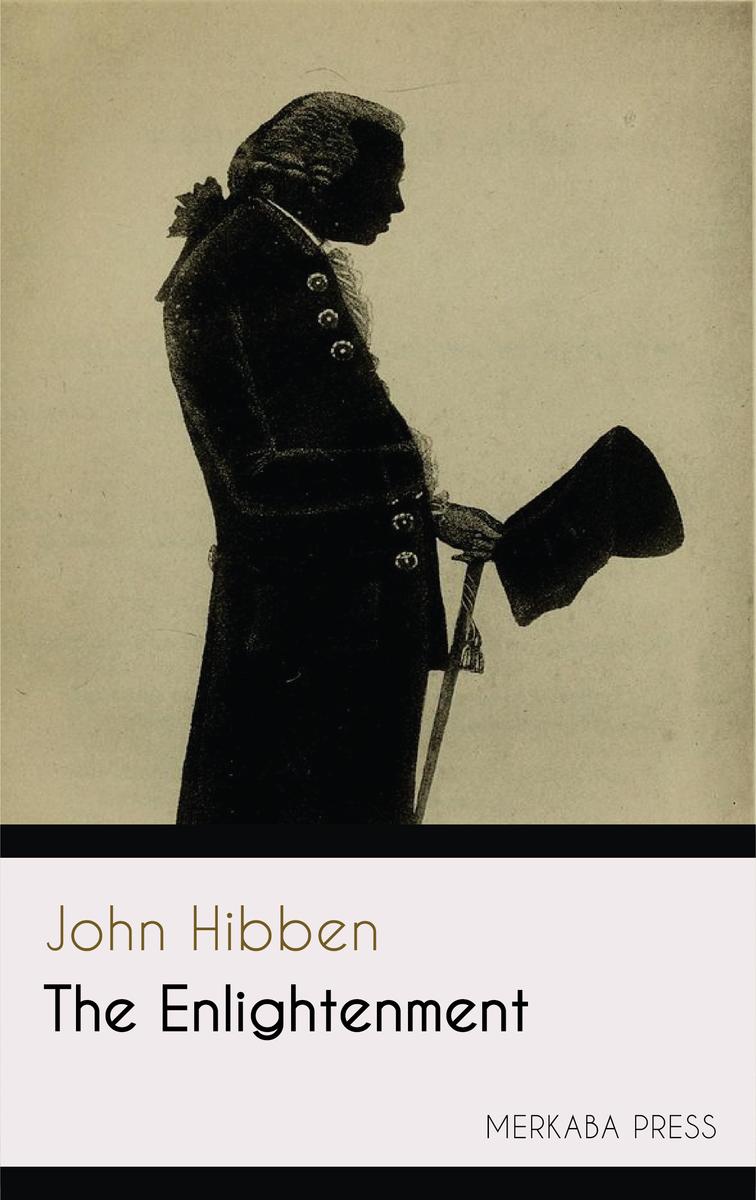
The Enlightenment
¥8.09
The Enlightenment
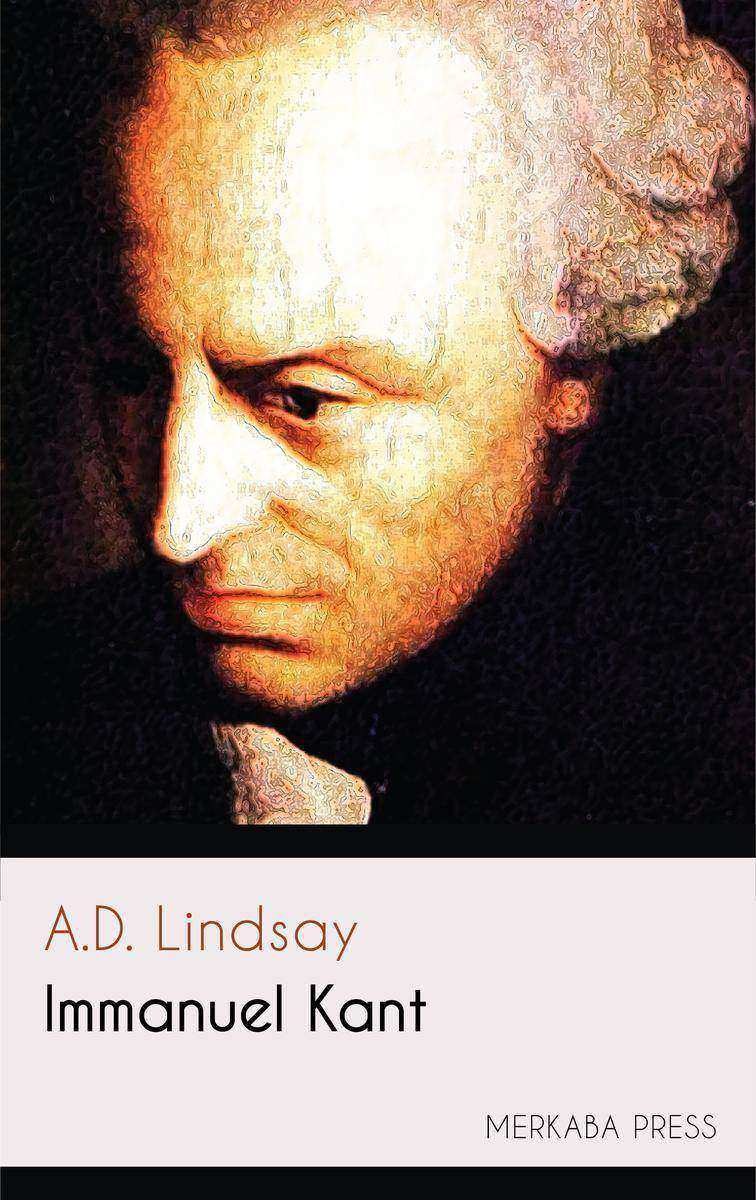
Immanuel Kant
¥8.09
Immanuel Kant
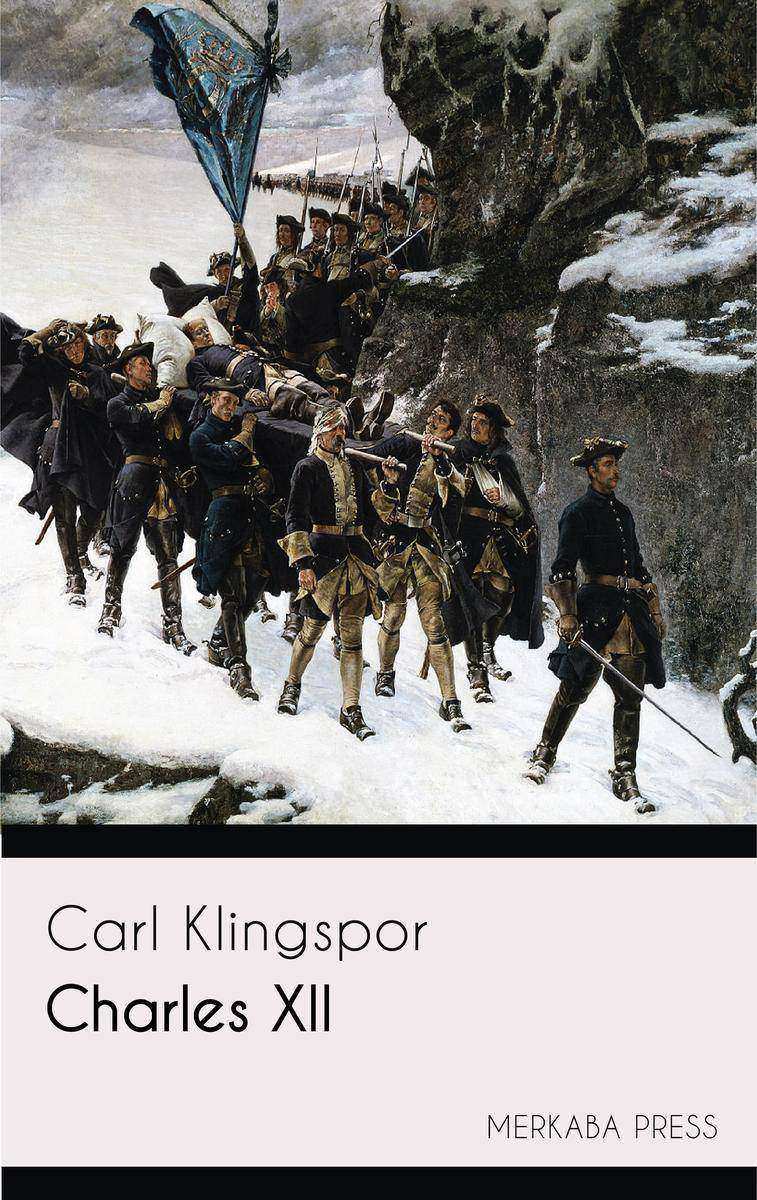
Charles XII
¥8.09
Charles XII
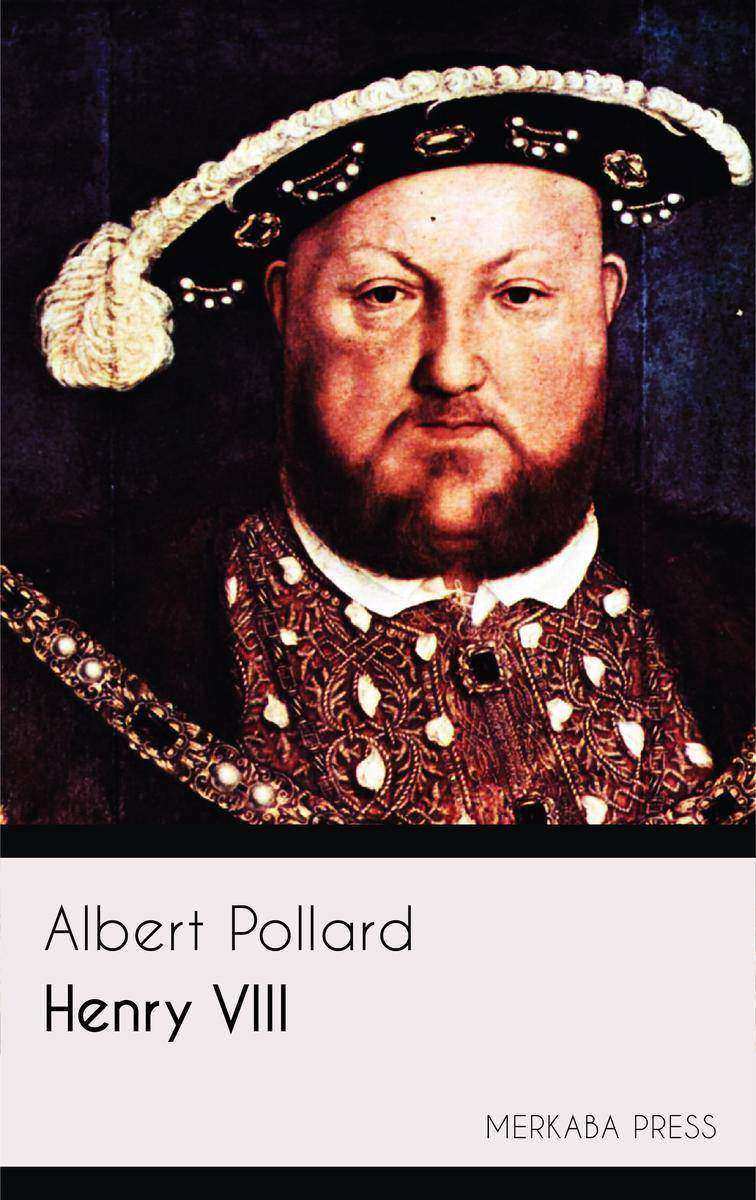
Henry VIII
¥8.09
Henry VIII
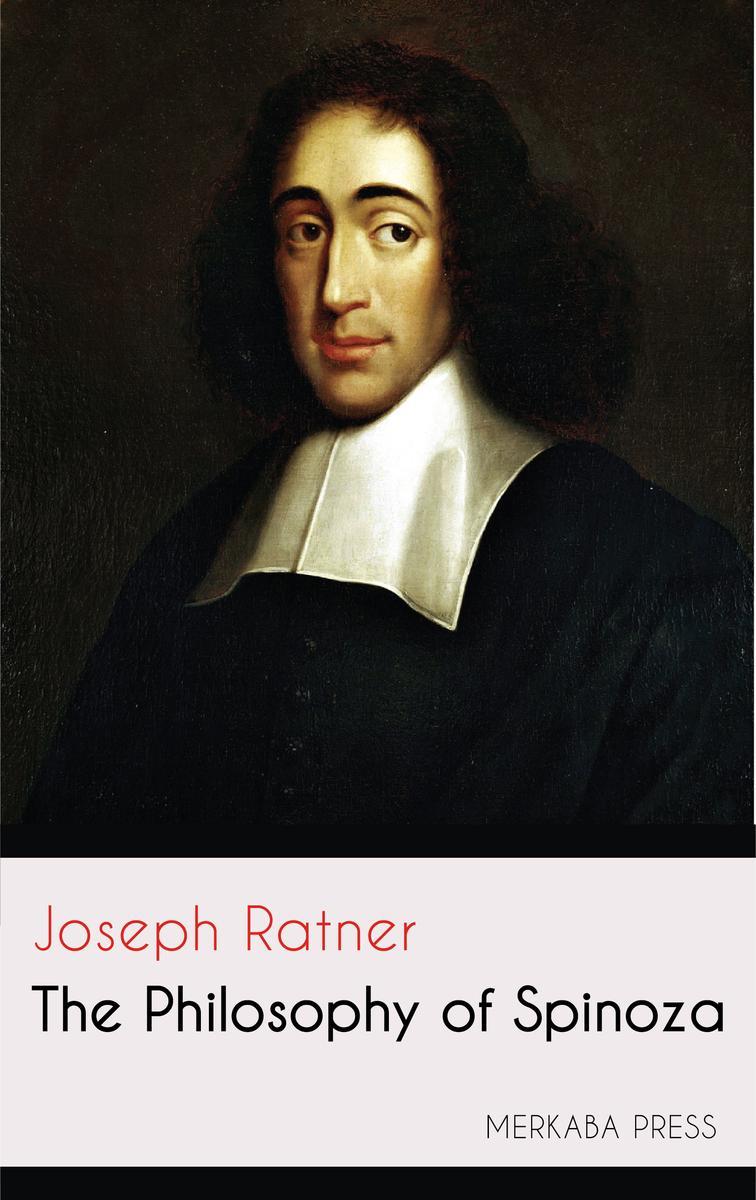
The Philosophy of Spinoza
¥8.09
The Philosophy of Spinoza

The Clever Teens’ Guide to World War Two
¥42.51
The Clever Teens’ Guide to World War Two

Haydn
¥8.09
Haydn
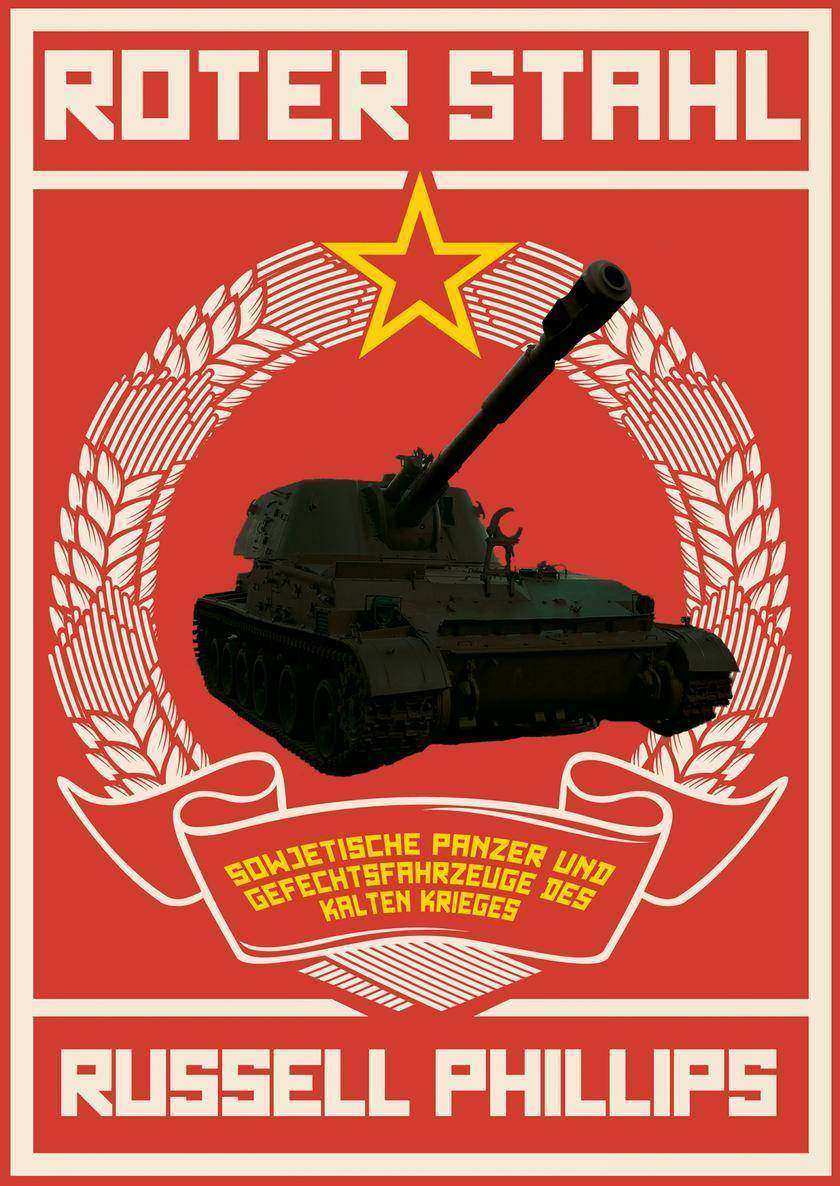
Roter Stahl: Sowjetische Panzer und Gefechtsfahrzeuge des Kalten Krieges
¥24.44
Roter Stahl: Sowjetische Panzer und Gefechtsfahrzeuge des Kalten Krieges
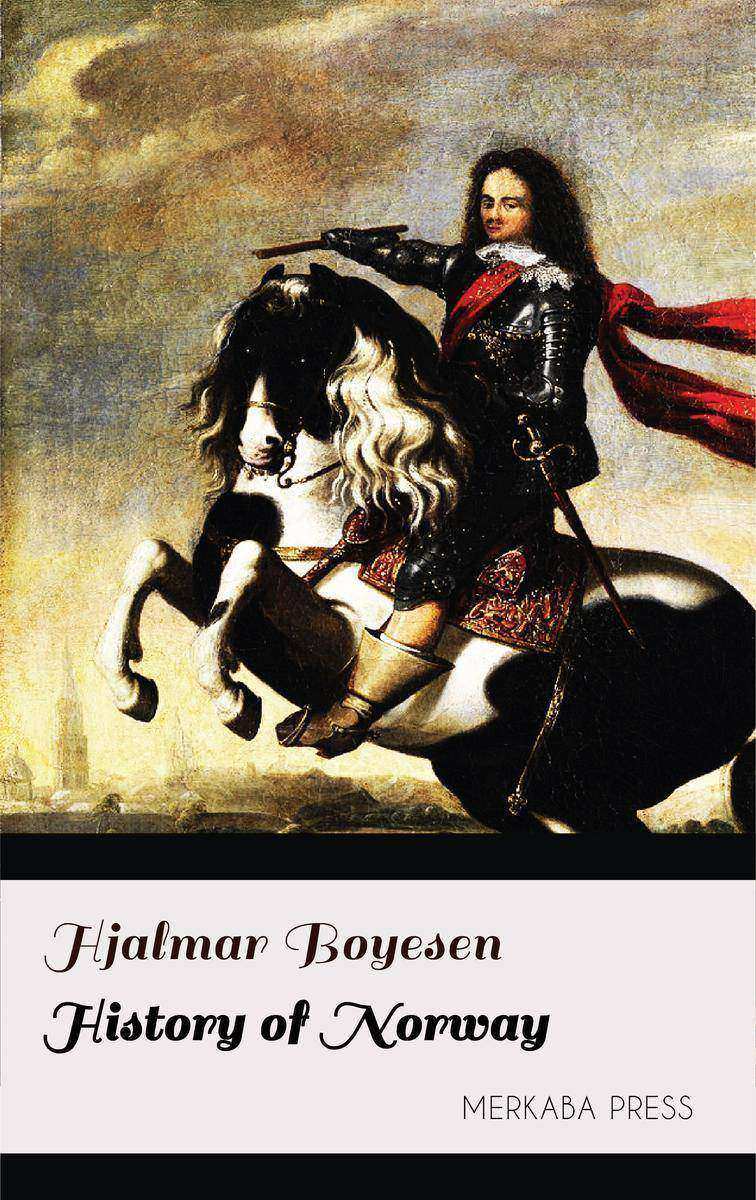
History of Norway
¥8.09
History of Norway




 购物车
购物车 个人中心
个人中心



